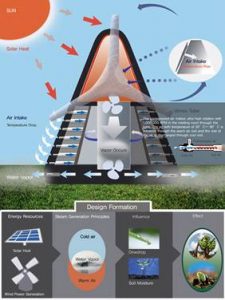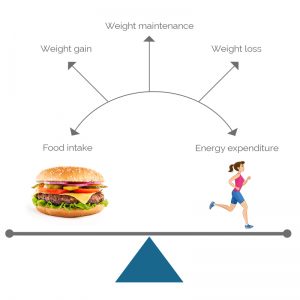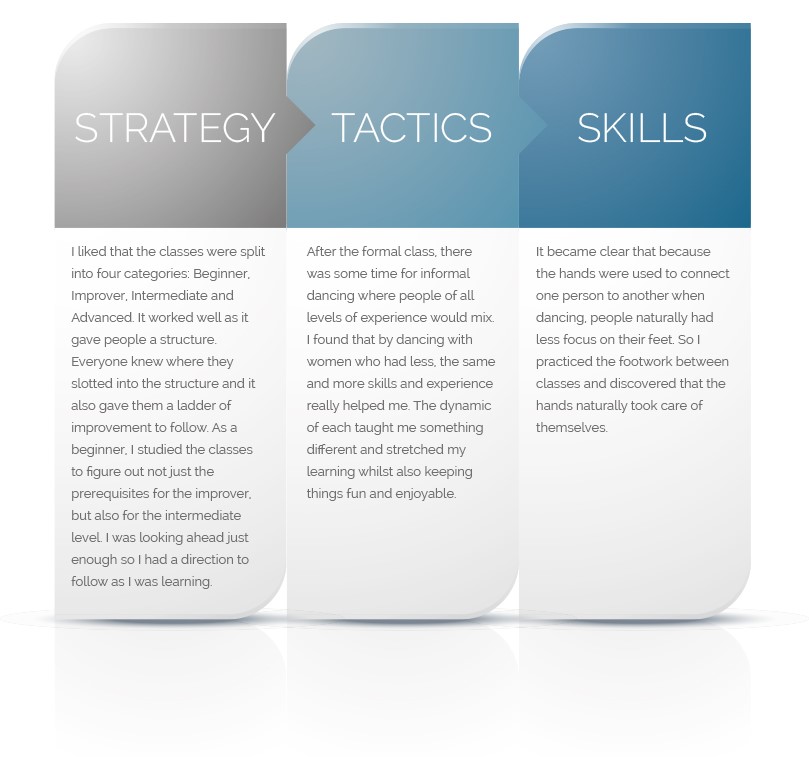I’ve a grand memory for forgetting.
This last article of four will share what is probably the best example of the ‘separate and combine’ principle that I know of. It’s such a good example because it also takes into account how our memory can best be utilised with as little effort as possible. We will get to see with practice that the more natural something is to us the more naturally we find the sweet spot of effort versus outcome. Remember Goldilocks?
Most of us would say that remembering is more important than forgetting. Having a good memory is after all a prerequisite for intelligence.
Hermann Ebbinghaus was an early 20th century German psychologist. In 1885, Ebbinghaus came up with an hypothesis on the exponential nature of forgetting. His aim was to demonstrate what happens when we learn something but do not use repetition to help us retain the information. As obvious as this sounds, saying one person has a good memory and someone else’s memory is poor is not comparing like with like if only one of them has used repetition to help them remember. Both memories may be equally strong (or poor); it’s the repetition that’s truly important.
Ebbinghaus focused his studies on transience which is the natural process of forgetting that occurs with time. The subconscious mind forgets what we do not make an effort to remember. If we don’t make some effort to highlight the importance of what we’ve learned the subconscious deems it unimportant and it is soon overtaken by what it perceives to be more important.
Figure 1 – The Ebbinghaus Effect
It’s probably no surprise to you that when we review, relearn and recap we assist our learning process. This means that if we learn something new and do not follow it up at all, the new information will be lost within days, weeks and months. Here are some more of the key points from Ebbinghaus’s work:
- How we best remember.
Workplace training courses rarely make use of scientific findings about memory. It’s seldom that training courses are followed up by a set of shorter sessions at defined intervals. If they did, those courses would look like this as an example:- Initial training: five days.
- First follow-up: a month later for half a day.
- Second follow-up: three months later for two hours.
- Third and final follow-up: six months later for one hour.
These extra sessions would be less about aiming for a 100% retention rate and more about using the intervals to both remind us and focus on the most helpful content from the initial training when it is rolled out into the real world. The follow-ups could be via media such as teleconferencing or even in packages which the attendees complete in their own space and time.
You can do this for yourself with this article. When you’ve finished it set a date to reread it in a few weeks or months—the curve in Figure 1 shows how much this will boost your retention rate by becoming Repetition Number 1.
If you want to test Ebbinghaus’s retention findings even more, why not add some reminders in your diary to come back and reread this article yet again to make Repetition Number 2. It’s best if you write the dates down in advance rather than relying on your memory—as we are about to discover!
- The best time to refresh your learning is when you are just about to forget.At first this part of Ebbinghaus’s findings totally confused me and reading (b) felt like reading a puzzle. Then I wondered if the memory muscles are like physical muscles where resting is critical between workouts if we want to get the best out of them. But also, too long a break between workouts is inefficient. Then the optimal timing for refreshing the memory made complete sense.
It may well be that we are subconsciously trying to forget what does not work for us rather than learning from it.
How we best remember to forget…
Ebbinghaus’s findings are less about the skill of remembering and more about the skill of forgetting. It may well be that when we are going about our daily business on autopilot we are subconsciously trying to forget what does not work for us rather than learning from it. This of course cannot work as we are still giving it attention and keeping it alive.
I believe that when we truly learn something, the mind directs useful energy to the new learning and cuts the energy feed to what was held previously.
This allows us to be done with what doesn’t work and file it in the trash where it belongs. And we can move forward with the new learning in place directing the fresh behaviour that naturally grows from it.
Separate and Combine…
I first applied Ebbinghaus’s findings to my own life on a three-day training course I’d completed at work. I set up dates in my diary and reviewed the training materials over a set of intervals as per Figure 1. What stood out for me was that it felt very natural to go back over the materials this way. What might have otherwise felt like a chore was very enjoyable even though the subject itself was highly technical in nature.
Let’s revisit separate and combine. With the Ebbinghaus Effect the separate part can be found in the questions that ask the memory to remind itself of what it is on the verge of forgetting. This is what increases retention.
In terms of combine, with the Ebbinghaus Effect engagement makes reviewing what was learned just before you forget it an enjoyable experience as it is so natural. The mind receives pleasure in reforging the connection. It’s not too different to solving an enjoyable puzzle.
Maximising your time and energy…
If you would like to test the Ebbinghaus Effect for yourself, you could pick something you have learned in your life recently and revisit it at increasing periodic intervals spending less time on it each time as you activate and prioritise your memory muscles rather than your learning muscles.
You could use one of these articles or even the whole series if you found them useful. Simply re-read them or increase your engagement by applying the interactive exercises provided. Be mindful that you must put your reminders in the hands of something other than your own memory. An electronic form of time management works best for me.
Summary points:
- The findings of Herman Ebbinghaus provide us with a practical way of seeing the separate and combine dynamic in a practical context.
- The understanding and dynamics of forgetting counter-intuitively improves our use of our memory mechanisms.
- We remember something best when we are reminded of it just as we are about to forget it.
Overview of Natural Learning Articles One through to Four
I hope you have found some useful information in these four articles. My aim was to give you some ideas around how learning can be made more enjoyable by working the mechanics of the human mind.
Just to recapitulate what we have learned, hopefully as naturally as possible:
- Separate and Combine
Seeing learning as a series of breaking things down and putting bits back together in a certain order, over and over…naturally.
- The Separate Dynamic: the power in the questions we ask
The human mind has the equal ability to provide us with answers that can be described as ‘great’ or as ‘garbage’. The question we ask is just like setting a destination in a Satnav. You get what you ask for so it’s good to set the destination you truly want.
- The Combine Dynamic: the art of engaging the mind
The mind does not respond well to force when we want to learn effectively. Engaging it is much more helpful. Learning is more natural when it taps into enjoyment.
- The Ebbinghaus Effect: the art of forgetfulness
The world as we know it is very focused on memorising without understanding the dynamics of how we can utilise forgetfulness. The findings of Herman Ebbinghaus allow us to see the separate and combine dynamic in a very practical context.






